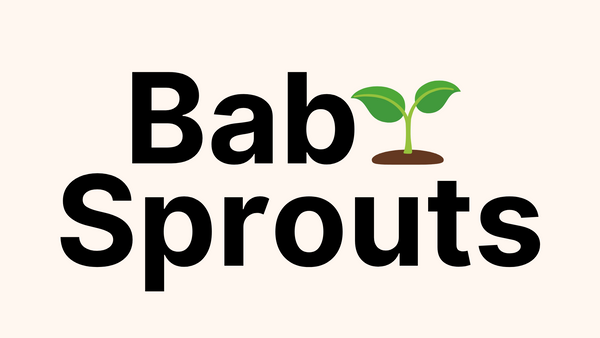
The Ultimate Guide to Choosing the Best Pacifier for Breastfed Babies
Understanding the Importance of a Pacifier for Breastfed Babies
Why Breastfed Babies Need a Pacifier
Pacifiers play a crucial role in soothing breastfed babies. They offer comfort and satisfy a baby's natural sucking reflex. This can be especially helpful when mom isn't available to nurse. Pacifiers can also reduce the risk of SIDS (Sudden Infant Death Syndrome). They help babies self-soothe and fall asleep more easily. For colicky babies, pacifiers can provide much-needed relief. They can also help during painful procedures like vaccinations. However, it's important to introduce pacifiers at the right time. This ensures that breastfeeding is well-established first.

The Role of a Pacifier in Baby Development
Pacifiers contribute to a baby's development in several ways. They help babies learn to self-soothe, an important skill for emotional regulation. Sucking on a pacifier can strengthen oral muscles. This aids in speech development later on. Pacifiers can also help reduce stress in babies. This is particularly useful during doctor visits or new situations. Some studies suggest that pacifier use may help prevent ear infections. However, it's crucial to use pacifiers in moderation. Overuse can lead to dental issues or speech delays.
How to Select the Best Pacifier for Your Breastfed Baby
Criteria for Choosing the Right Pacifier
When choosing a pacifier for your breastfed baby, consider these factors:

- Size: Ensure the pacifier is age-appropriate.
- Material: Opt for BPA-free, latex-free options.
- Shape: Choose a shape that mimics a mother's nipple.
- Ventilation: Look for pacifiers with air holes to prevent skin irritation.
- One-piece design: This is safer and easier to clean.
- Dishwasher-safe: For easy sterilization.
- Orthodontic design: To support proper oral development.
- Brand reputation: Choose well-known brands with good safety records.
Remember, what works for one baby may not work for another. Be prepared to try a few different types.
The Dos and Don'ts of Selecting a Pacifier
Dos:
- Do choose a pacifier with a shield wider than your baby's mouth.
- Do opt for silicone pacifiers as they're easier to clean.
- Do replace pacifiers regularly, especially if they show signs of wear.
- Do sterilize pacifiers before first use.
- Do consider glow-in-the-dark options for easy nighttime finding.
Don'ts:
- Don't use pacifiers with attached strings or ribbons.
- Don't coat pacifiers with sweet substances.
- Don't force a pacifier if your baby rejects it.
- Don't use pacifiers as a substitute for feeding.
- Don't use pacifiers beyond the recommended age.
Always prioritize safety and your baby's comfort when selecting a pacifier.
Tips and Tricks for Using a Pacifier Effectively
Best Practices for Introducing a Pacifier to Your Baby
Introducing a pacifier to your breastfed baby requires patience and timing. Here are some tips:

- Wait until breastfeeding is well-established, usually around 3-4 weeks.
- Offer the pacifier when your baby is calm, not hungry.
- Gently touch the pacifier to your baby's cheek to encourage the rooting reflex.
- If your baby rejects the pacifier, don't force it. Try again later.
- Use the pacifier during nap times or bedtime to create positive associations.
- Be consistent in your approach to pacifier use.
- Wash your hands before handling the pacifier.
- Never tie the pacifier around your baby's neck or to their clothing.
Remember, every baby is different. Some may take to pacifiers quickly, others may not.
Maintaining Baby's Pacifier and Health Safety
Proper pacifier maintenance is crucial for your baby's health. Follow these guidelines:
- Clean pacifiers daily with hot, soapy water or in the dishwasher.
- Replace pacifiers every 2 months or sooner if damaged.
- Check pacifiers regularly for signs of wear or damage.
- Never share pacifiers between babies to prevent germ spread.
- Keep spare pacifiers on hand for quick replacements.
- Avoid cleaning pacifiers with your mouth, as this can transfer bacteria.
- Store pacifiers in a clean, dry container when not in use.
- Consider a pacifier clip to keep it clean when it falls.
By following these tips, you can ensure your baby's pacifier remains safe and hygienic.
